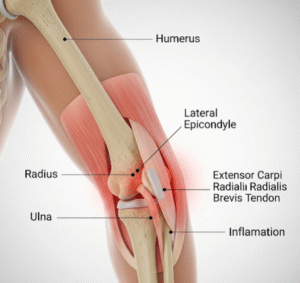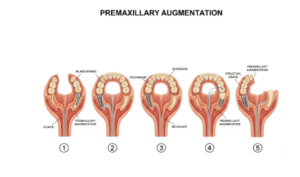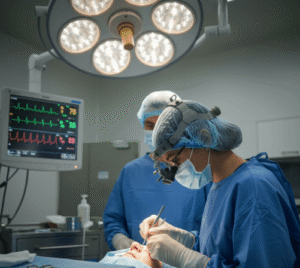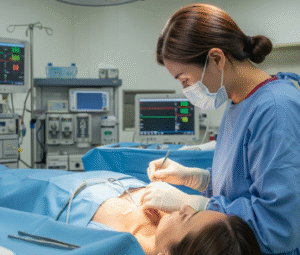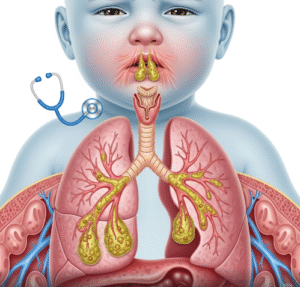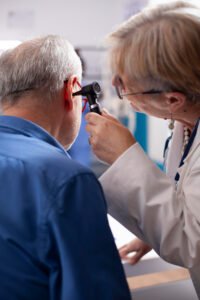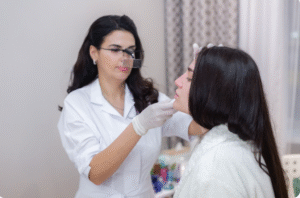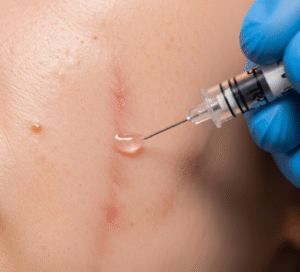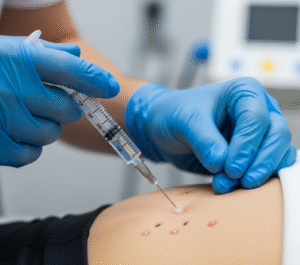Overview
Syndactyly is a congenital condition characterized by the fusion of two or more fingers or toes. This fusion can involve skin only (simple syndactyly) or include bones and nails (complex syndactyly). It is one of the most common congenital hand anomalies and can affect function and appearance.
What is Syndactyly?
Syndactyly occurs when the normal process of separation of digits during fetal development is incomplete, resulting in joined fingers or toes. It may present as webbing between digits or complete fusion. Syndactyly can be isolated or part of genetic syndromes such as Apert syndrome or Poland syndrome.
Symptoms
- Fused fingers or toes, varying in extent
- Webbing of skin between digits
- Limited movement or stiffness in affected digits (in complex cases)
- Cosmetic concerns due to abnormal appearance
- Occasionally, difficulty with hand function or walking if toes involved
Causes
- Genetic mutations affecting limb development
- Environmental factors during pregnancy (rare)
- Syndactyly may occur sporadically or inherited in an autosomal dominant pattern
- Associated with syndromes such as Apert, Poland, or Carpenter syndromes
Risk Factors
- Family history of syndactyly or congenital hand deformities
- Genetic syndromes associated with syndactyly
- Maternal exposure to certain drugs or toxins during pregnancy (rare)
Complications
- Impaired hand function or dexterity
- Difficulty with fine motor tasks
- Psychological impact due to appearance
- In complex cases, abnormal growth of bones or nails
- Risk of skin infections in webbed areas
Prevention
- Genetic counseling for families with history of syndactyly
- Avoidance of teratogenic exposures during pregnancy
- Prenatal screening and diagnosis in at-risk pregnancies
Treatment Options in Korea
South Korea offers advanced pediatric orthopedic and plastic surgery services to manage syndactyly effectively.
- Diagnosis
- Physical examination at birth or during infancy
- Imaging such as X-rays to assess bone involvement
- Genetic testing if syndromic associations are suspected
- Surgical Treatment
- Primary treatment is surgical separation of fused digits
- Timing usually between 6 months and 2 years of age for optimal functional and cosmetic outcomes
- Skin grafts or flaps may be required to cover exposed areas after separation
- Complex cases may require staged surgeries
- Post-Surgical Care
- Physical and occupational therapy to improve function and mobility
- Scar management and wound care
- Regular follow-up to monitor growth and development


